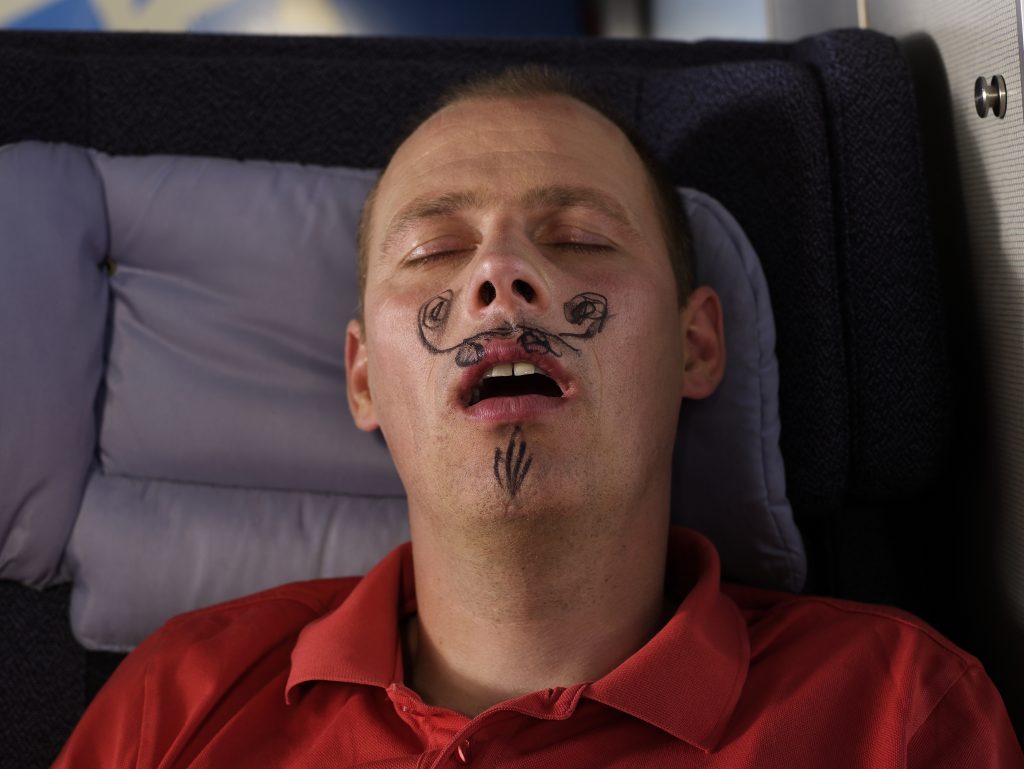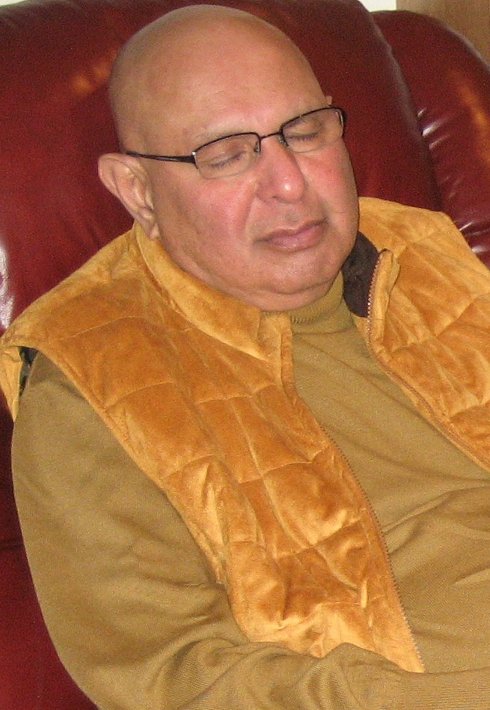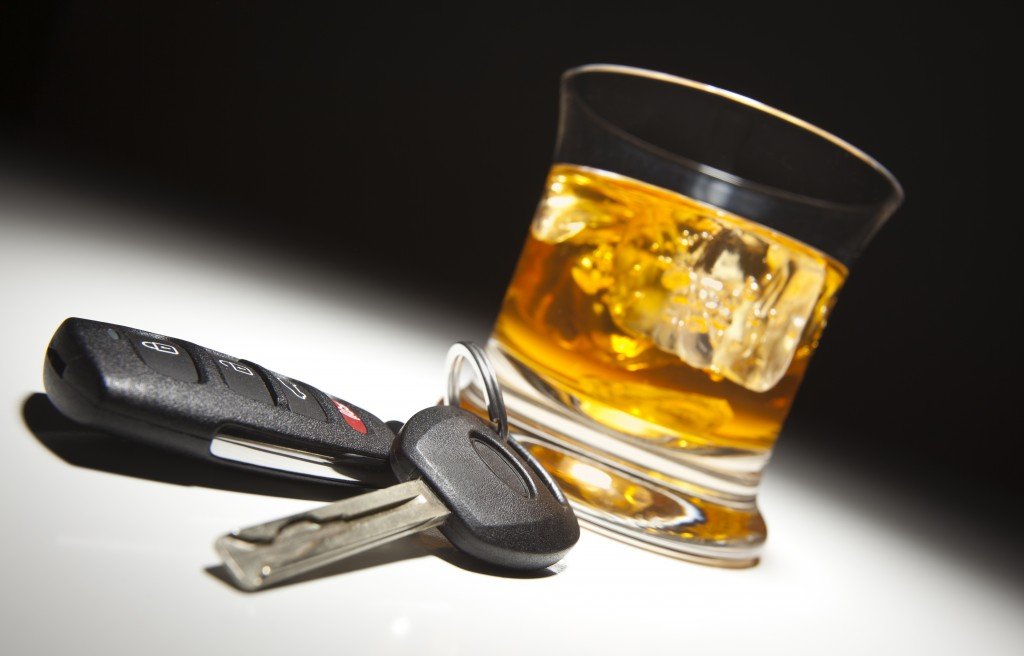Going to bed and falling asleep is a gradual progression of stages in which body and brain activity changes. Scientists have been studying this for many years. Besides brain activity, sleep researchers study eye movements and muscle tension to observe a person falling asleep.
During sleep there is reduced or absent consciousness, relatively suspended sensory activity, and inactivity of nearly all voluntary muscles. Our body goes into anabolic state when tissues found within the human body obtain energy for growth and maintenance of our immune and other systems. Anabolism requires energy to occur. Sleep is often thought to help conserve energy, but actually decreases metabolism by only about five to ten percent.
The purposes and mechanisms of sleep are only partially clear and are the subject of intense research. But here is what we know:
1. A night’s sleep has a typical pattern. It is broadly divided into two categories: Non-Rapid Eye Movement or NREM sleep which has four stages (N1 to N4) and Rapid Eye Movement or REM sleep.
2. Sleep proceeds in cycles of NREM and REM, the order normally being N1 → N2 → N3/4 → N2 → REM.
3. Each sleep cycle lasts from 90 to 110 minutes on average. Each stage may have a distinct physiological function. During an eight-hour-sleep, we go through NREM to REM cycle four to six times.
Are you confused? You are not alone. Stay awake and I will tell you more.
First, we undergo NREM sleep, which takes up 75 per cent of sleep time.
Stage 1 finds us dozing off, with our brain waves and muscle activity slowing down. This is light sleep. When woken during Stage 1 and asked if they were asleep, about 80 percent of people will say they were not.
Stage 2, this is an actual moment when you are asleep. Usually comprising about half of sleep time. There are calmer brain wave pattern and no eye movements. Breathing slows and body temperature drops slightly. A person loses touch with his surroundings but can easily be shaken awake.
By Stages 3 and 4, a person is in deep sleep and takes a bit to be woken. Breathing slows even more into a rhythm. Blood pressure and body temperature drop and muscles relax. These two similar stages are called “slow wave sleep,” with the slowest of all brain waves. Much of the body’s regenerative work, like protein building and hormone release, happens at this stage.
Then comes REM sleep. which is dream-heavy period. About 90 minutes after falling asleep, REM sets in. This is the slow wave sleep that is very close to being awake, with brain waves of the same speed or even faster. Most but not all dreams occur in this phase.
There is rapid heart bit, blood pressure rises, eyes move around and breathing becomes rapid and shallow. The body is more or less paralyzed; arm, leg and facial muscles might twitch, but the body won’t move. REM can last from five to 30 minutes.
After REM, NREM starts again. Almost every two hours we go through the whole cycle. As the night progresses, the time spent in REM increases and deep sleep decreases so that when your morning alarm goes off, it’s almost all Stage 1, Stage 2 and REM sleep.
Enough for today? There is a lot to absorb and sleep over. More about sleep next week.
Start reading the preview of my book A Doctor's Journey for free on Amazon. Available on Kindle for $2.99!




